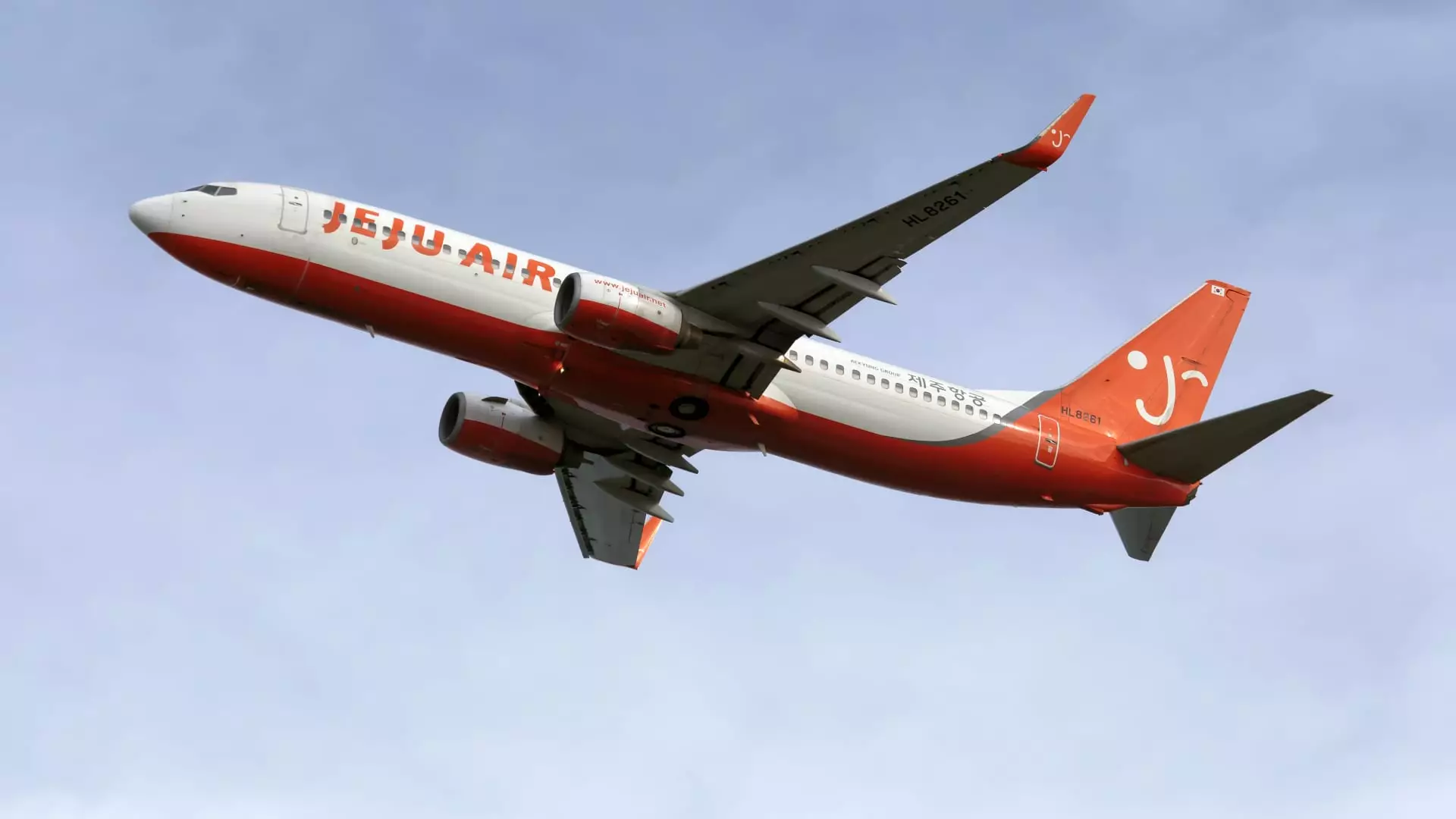The aviation industry was shaken by the catastrophic incident involving a Jeju Air flight that tragically belly-landed at Muan International Airport, leading to the deaths of 179 passengers and crew members. Out of the 181 individuals on board, only two managed to survive, rendering this incident one of South Korea’s most devastating air disasters in recent history. Investigators are currently piecing together the events leading to this alarming accident, prompting immediate scrutiny of the aviation safety protocols in place for the widely utilized Boeing 737-800 aircraft.
In the wake of the disaster, South Korea’s acting president, Choi Sang-mok, mandated urgent inspections of the nation’s fleet of Boeing 737-800s, which have been a staple of commercial aviation due to their robust safety records. This particular aircraft model has been in service since before the introduction of the Boeing 737 Max—another version of the aircraft that suffered from severe design flaws, leading to two tragic crashes in 2018 and 2019. These earlier incidents, which resulted in the loss of 346 lives, triggered almost two years of grounding for the Max variant.
The grounding shed light on the necessity of stringent regulations and adaptive safety measures, and now, the recent Jeju Air disaster has reignited discussions surrounding the safety protocols of older aircraft models. While the Boeing 737-800 has a commendable safety track record, the average age of these planes currently in service stands at about 13 years, leading to questions about the implications of aging aircraft on flight safety.
The aircraft involved in the incident was approximately 15 years old and had a history of operation with Ryanair before being leased to Jeju Air in 2017. Despite its age, aerospace specialists are skeptical about uncovering a design flaw in the Boeing 737-800, given its extensive operational history and established safety profile. Richard Aboulafia, managing director of AeroDynamic Advisory, suggests that the prospect of discovering a design problem at this stage is highly unlikely. Nevertheless, the peculiar circumstances surrounding the landing gear’s retraction fuel numerous inquiries regarding maintenance practices and the psychological aspect of pilot decision-making under duress.
One significant point of contention is why the landing gear, which can be deployed manually even in the event of hydraulic failure, failed to engage. Aviation accidents often spotlight the necessity for improved emergency response protocols, and this incident could potentially serve as a catalyst for further enhancement in pilot training and operational guidelines.
The investigation is expected to be exhaustive, taking over a year to resolve fully. As authorities probe deeper, they are met with perplexing theories, one of which suggests the possibility of a bird strike. If this hypothesis holds water, it could explain the sudden and catastrophic power loss the aircraft may have experienced, potentially leaving the pilots with scant time to carry out emergency procedures.
The hard collision with a wall at the end of the runway compounded the disaster, an aspect that retired air safety investigator Jeff Guzzetti indicated could have resulted in a far more survivable scenario were it not for the wall’s presence. These insights highlight the intricate dynamics involved in aviation safety and emphasize the importance of comprehensive reporting and analysis.
As the investigation unfolds, the National Transportation Safety Board (NTSB) will lead the U.S. team, partnering with Boeing and the Federal Aviation Administration (FAA) since the aircraft is a U.S.-manufactured model. Under international protocols, the nation where the accident takes place oversees the investigation, fostering a collaborative atmosphere among aviation authorities globally.
The Jeju Air accident stands as a stark reminder of the perils inherent in commercial aviation and underlines the critical need for ongoing vigilance regarding aircraft safety and maintenance standards. As investigators sift through the wreckage, the global aviation community watches, hoping that the lessons learned from this tragedy will spearhead advancements in flight safety measures for future generations.


Leave a Reply